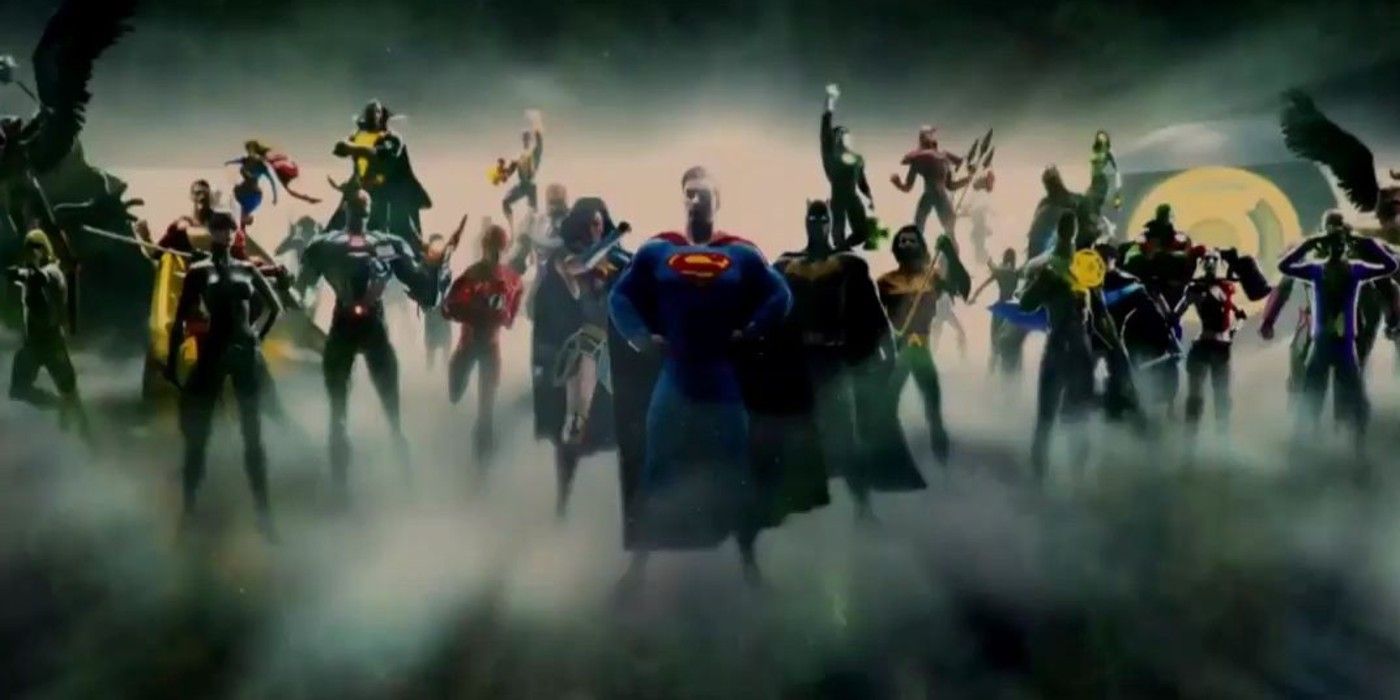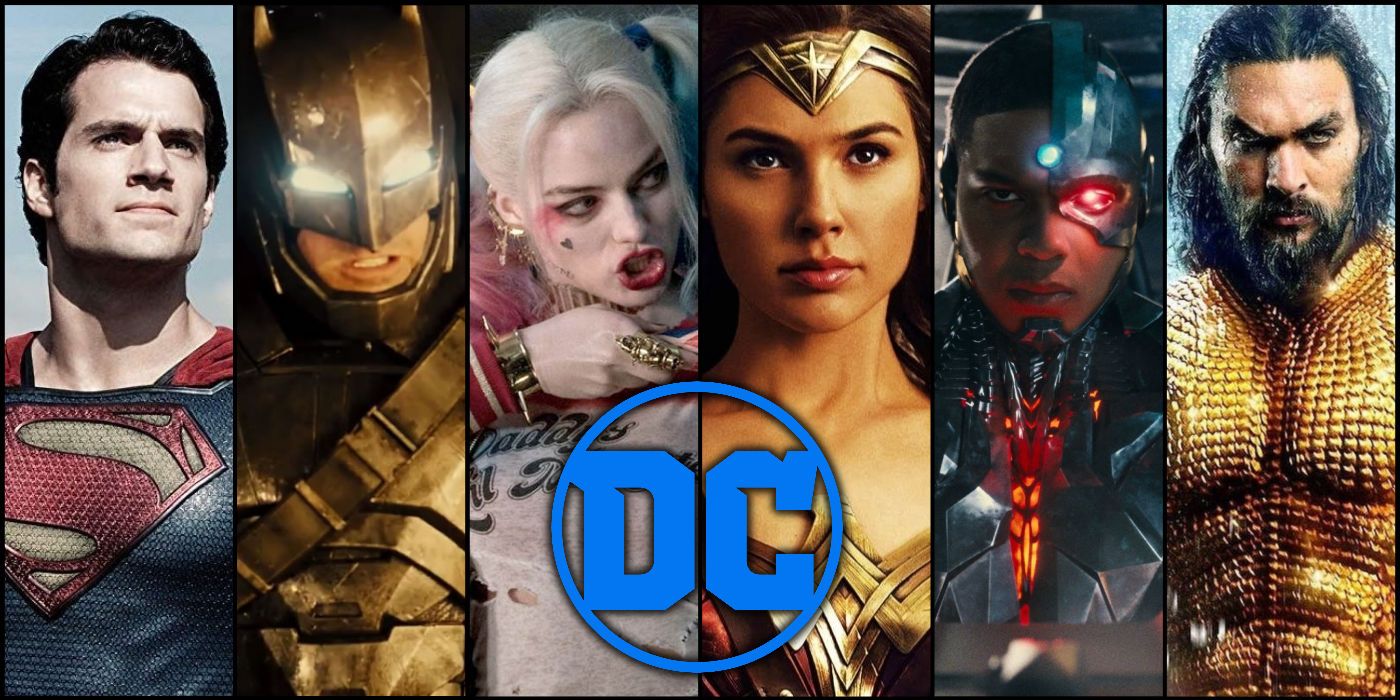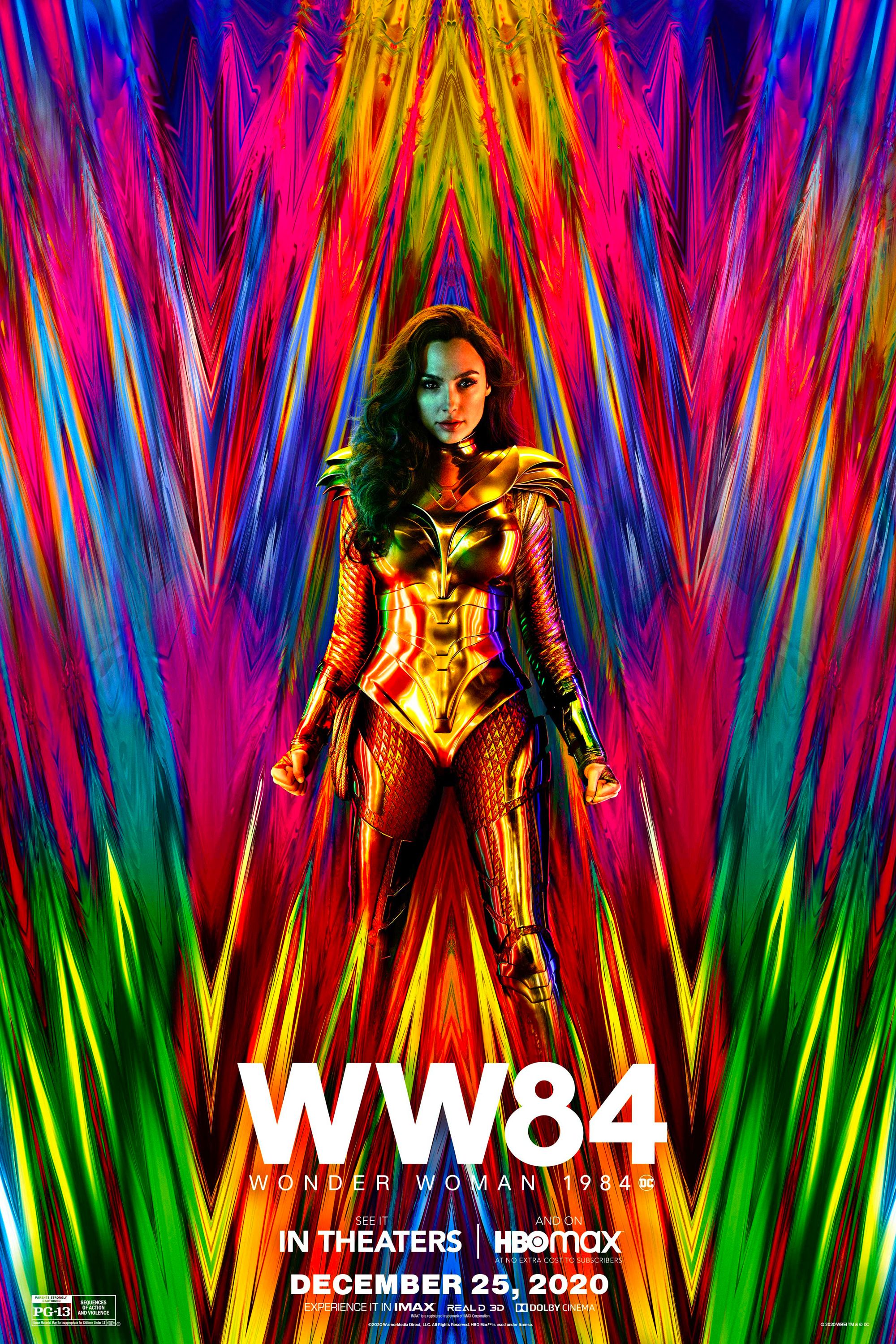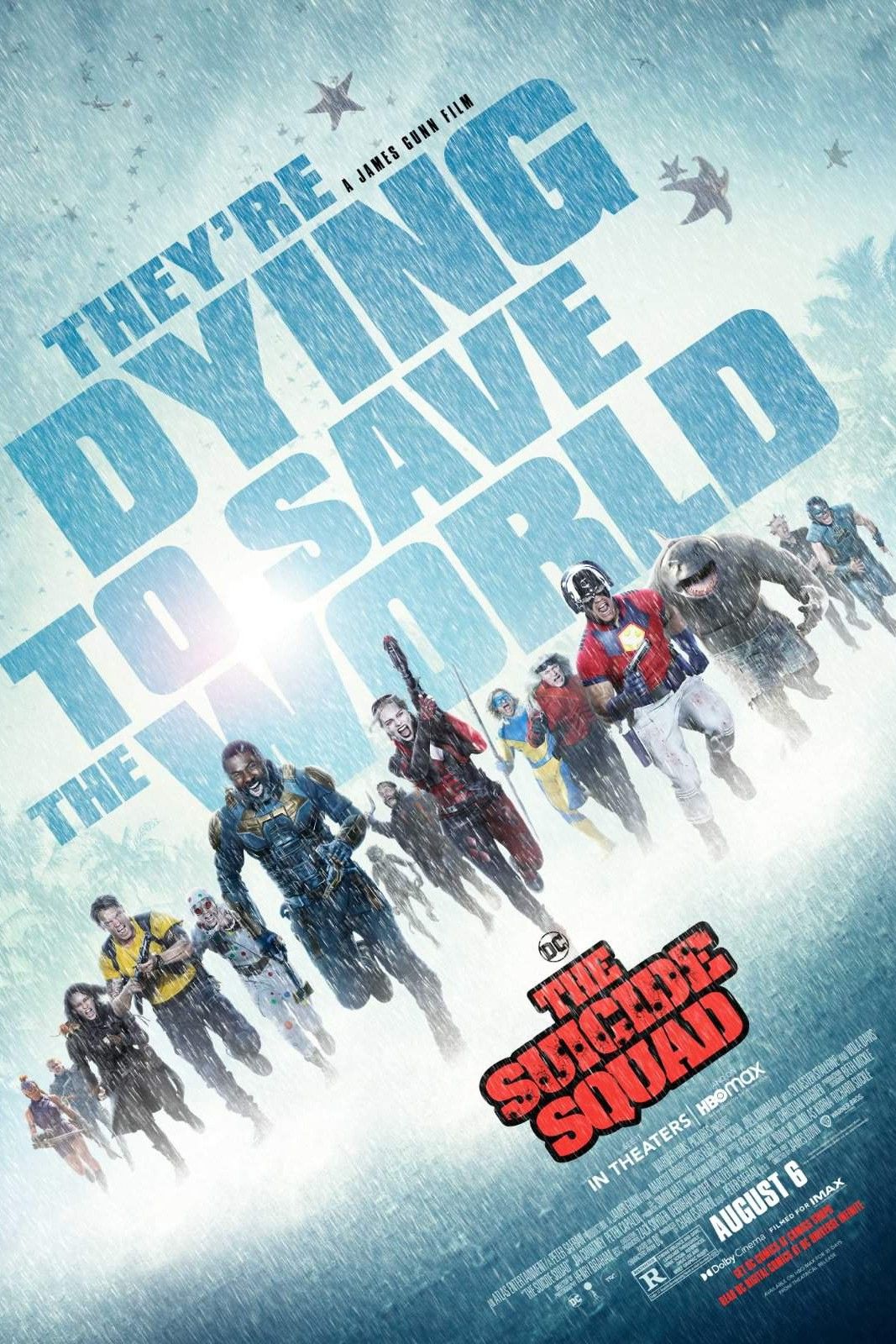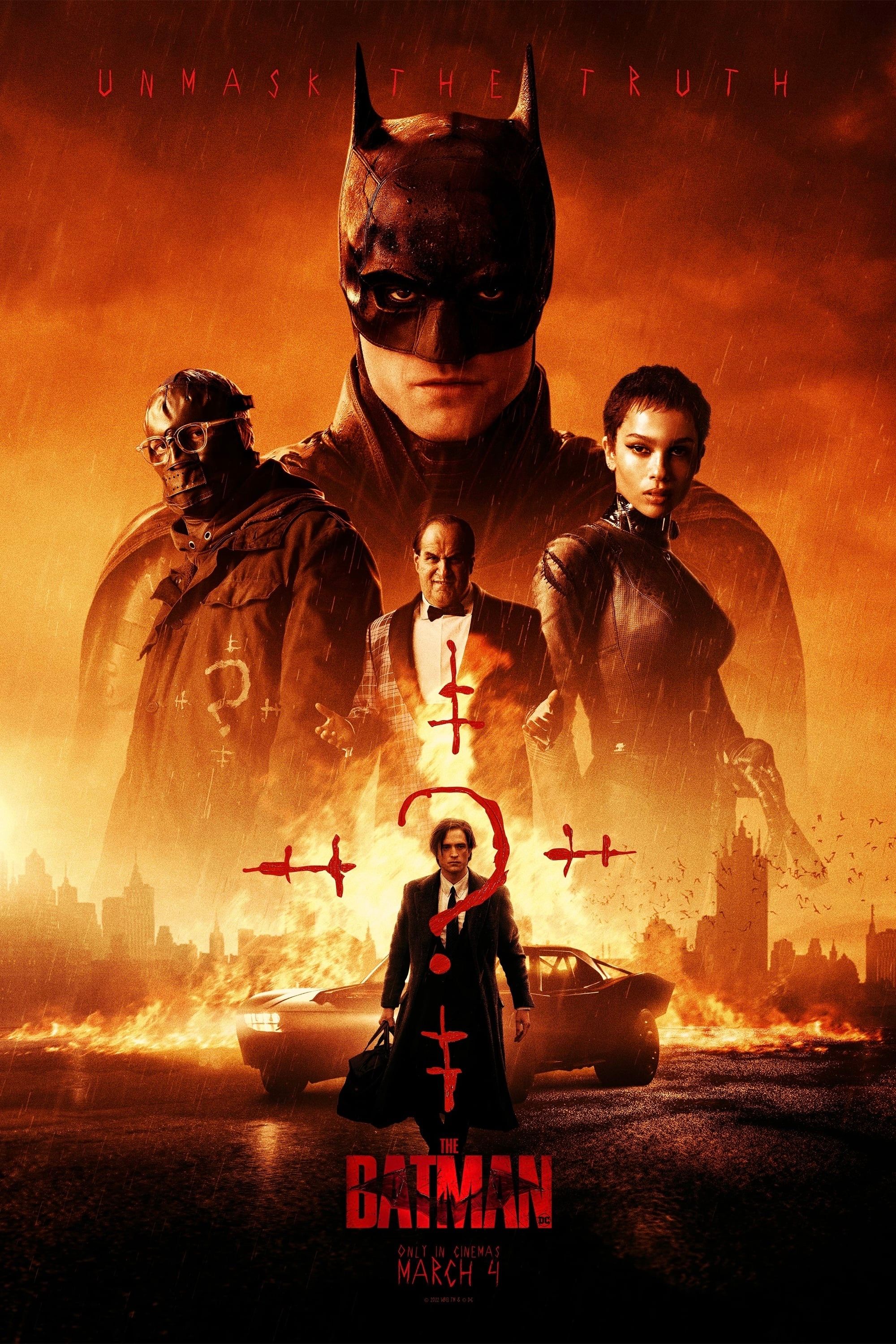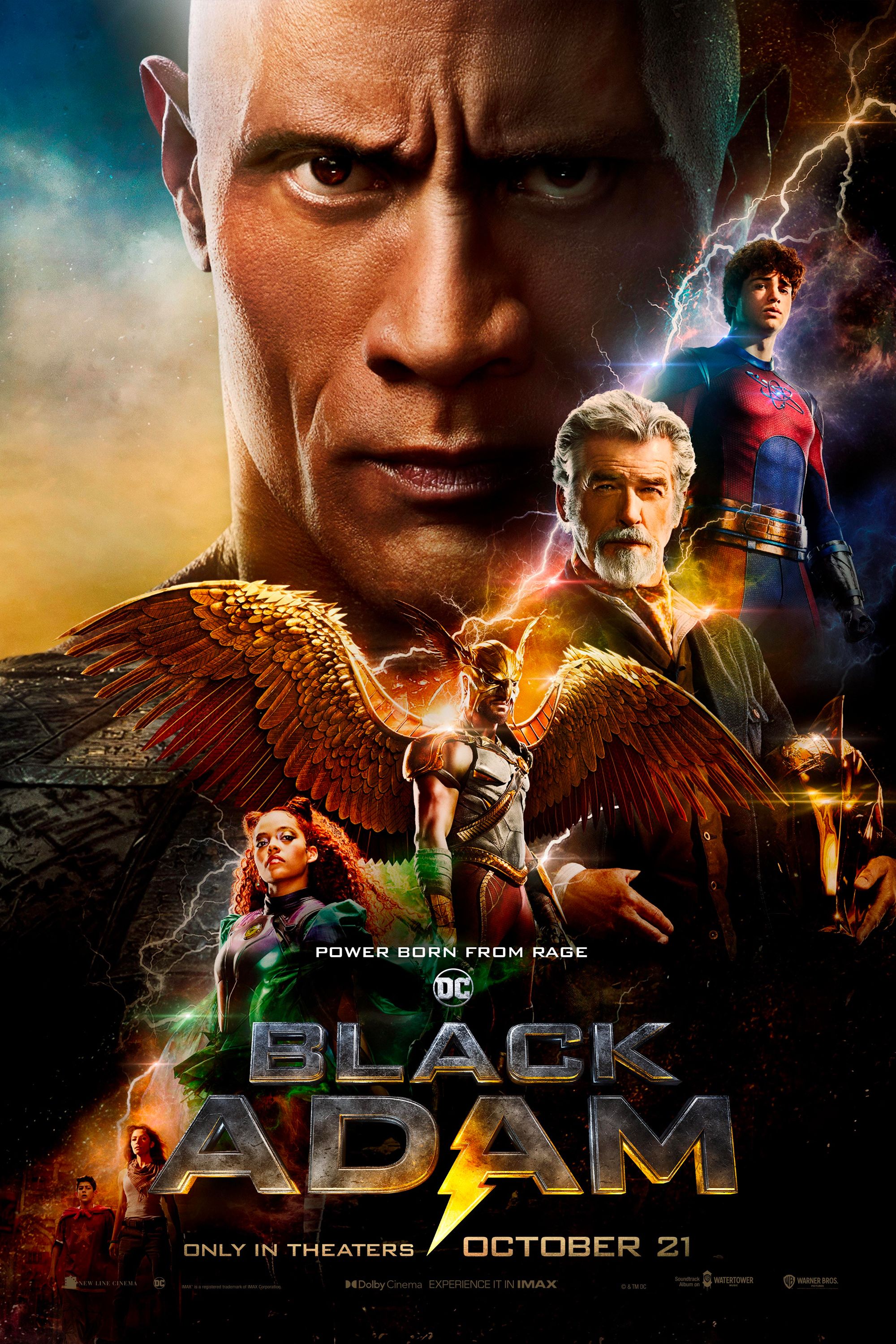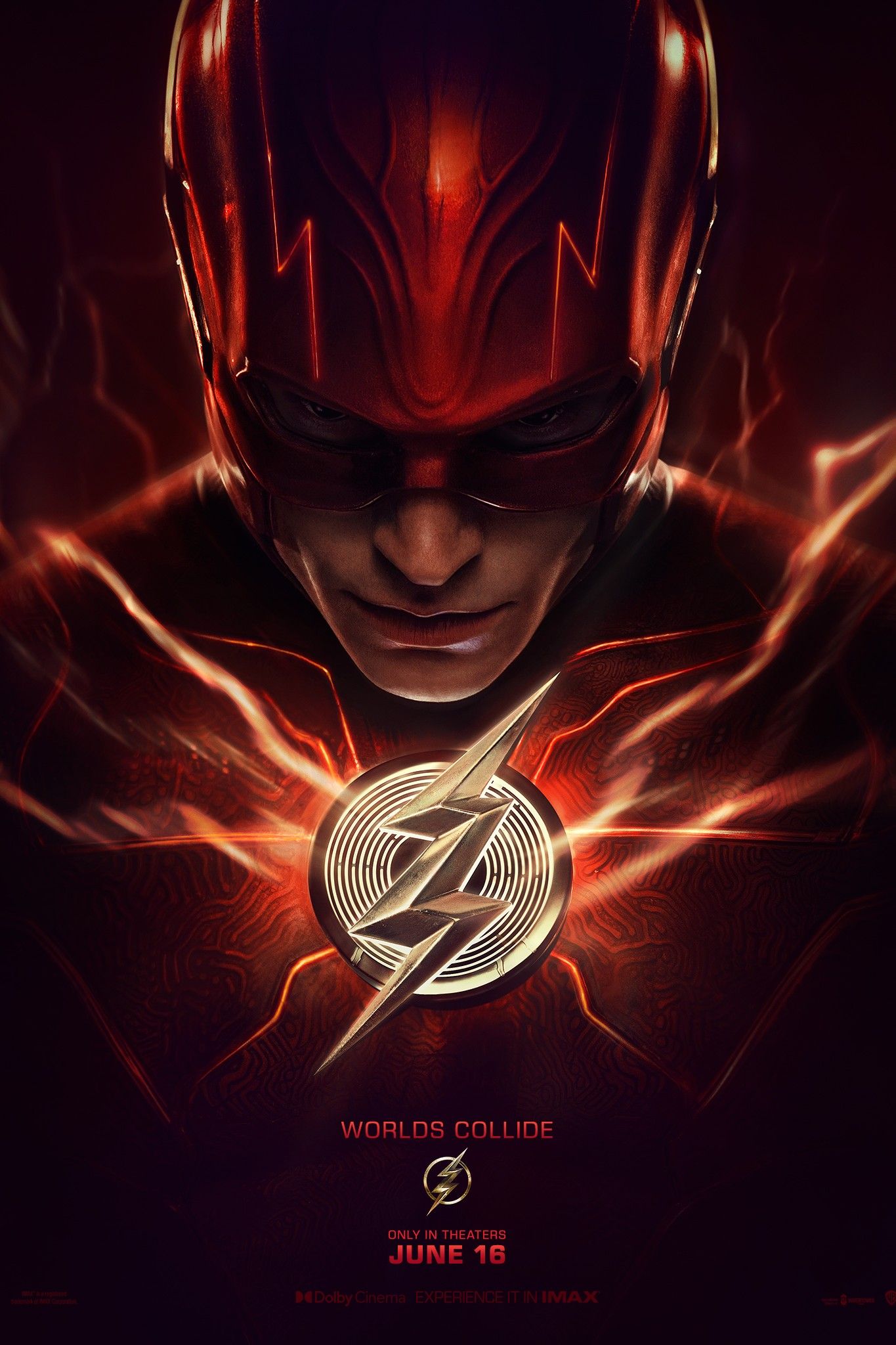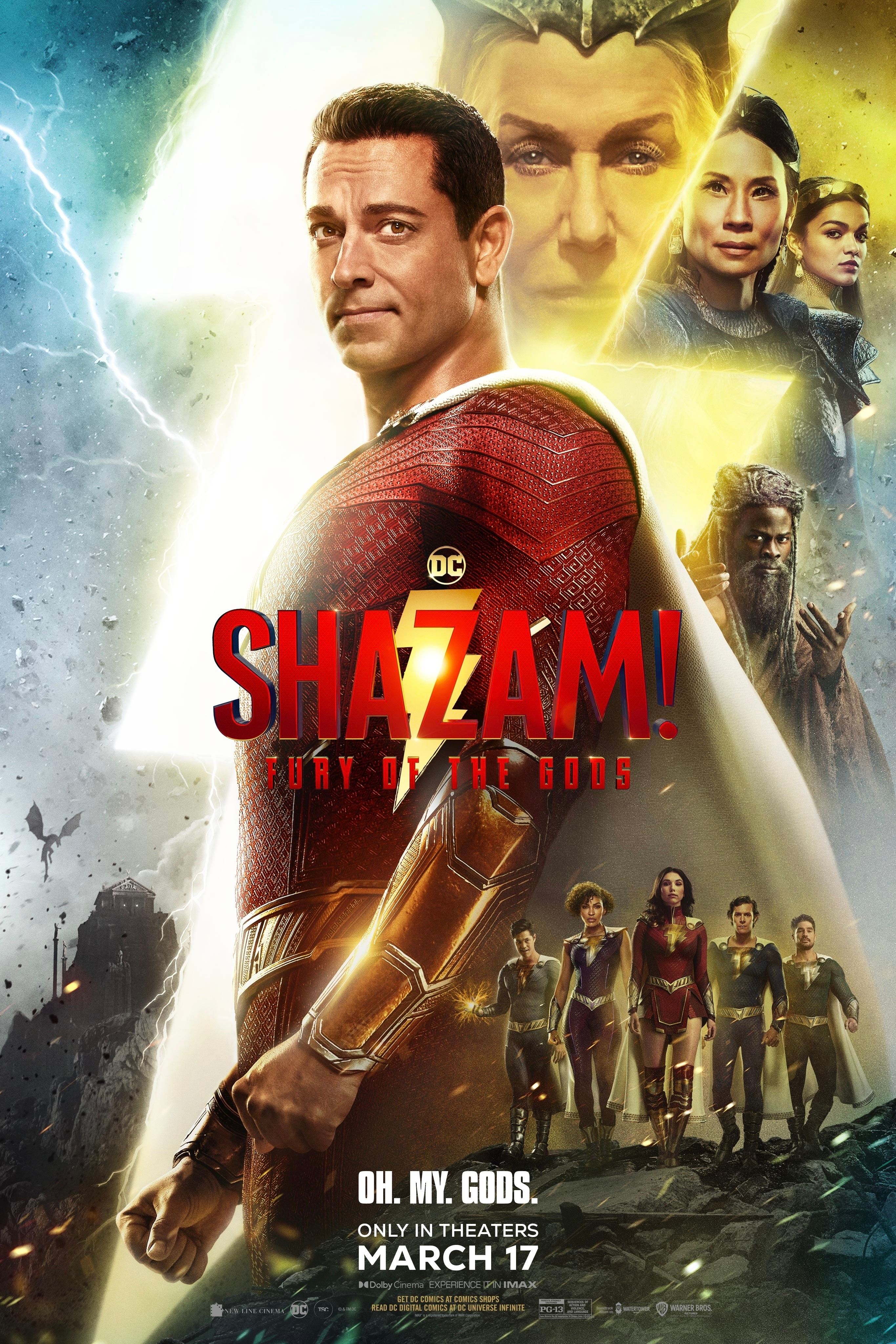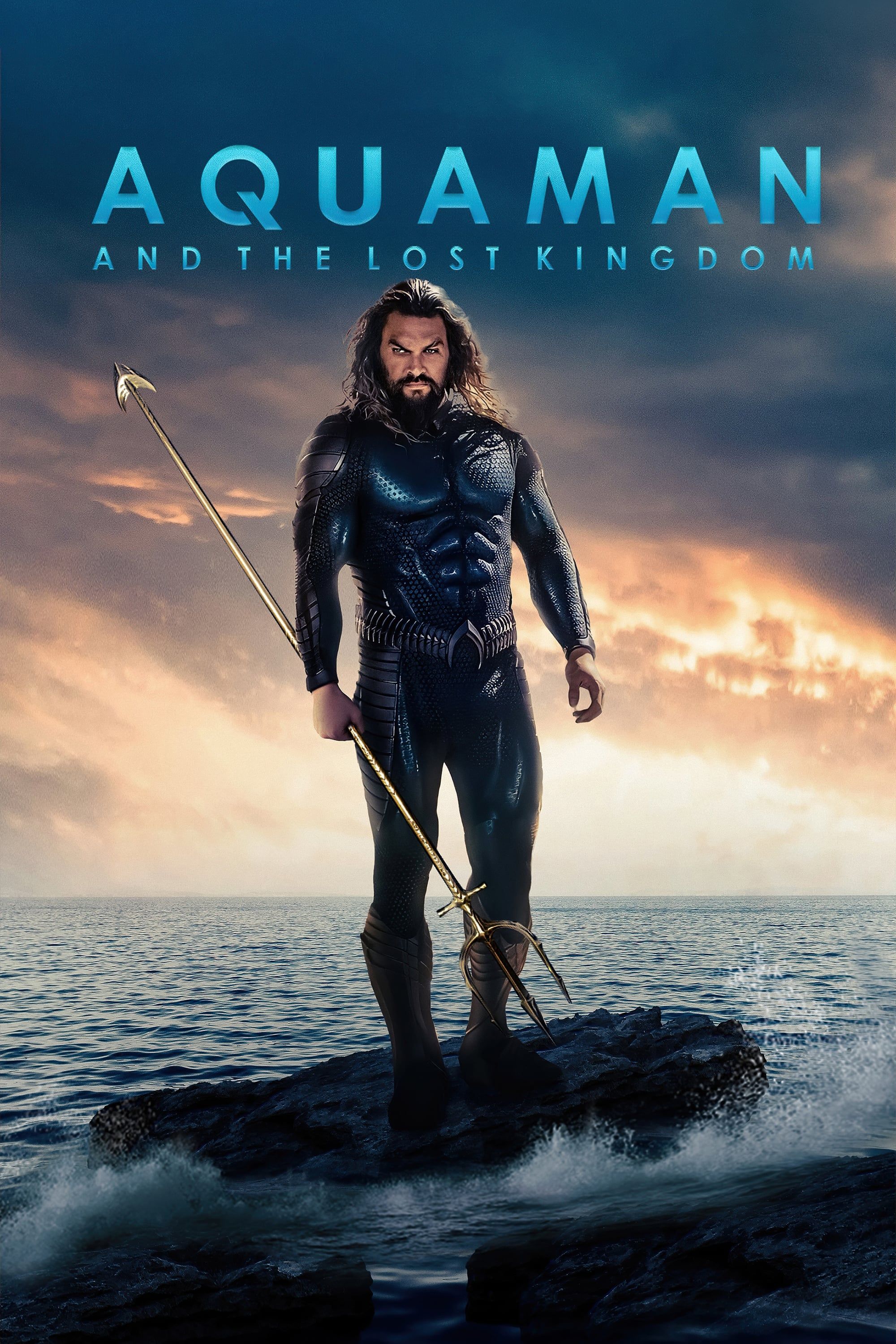Here's how DC's movie and TV multiverse works, as explained at DC FanDome. Comic book adaptations have been around for decades, but it's only been in recent years that the concept of a shared universe has reinvented the way superhero franchises are approached. Marvel first created the shared universe format with its interconnected movies, and DC soon tried to follow. The DC Extended Universe began with Man of Steel in 2013, and for a few years, it emulated Marvel through its interconnected adventures.
However, following a string of films with mixed receptions, Warner Bros. and DC decided to create something of their own. In addition to producing films from within the DCEU (like Aquaman and the upcoming Wonder Woman 1984), Warner Bros. has begun creating DC films outside that shared universe. Last year's Joker was the first, and more are expected to arrive. Additionally, this only encompasses the film side; DC has made its mark on television with the Arrowverse as well, which is like its own multiverse unto itself. Over the years, the lines have been blurred as to what exists in what universe, but now there's a concrete explanation from DC itself.
Walter Hamada, president of DC Films, participated in a panel at DC FanDome titled "Multiverse 101." The panel delved into the various parts of DC's grand multiverse, which gave Hamada the perfect opportunity to explain how the films and television shows connect. Basically, every DC project exists within the multiverse, but they might not be in the same reality as each other. The Arrowverse is in the same multiverse as the DCEU (as shown through this year's Crisis on Infinite Earths crossover), but it's technically a different reality. This applies to some films too, as Hamada explained:
On one Earth, we have our Gal and Jason and Ezra version of the Justice League, and we can continue telling those stories. While on a separate Earth, we don't have to worry about the continuity, we can have a more grounded, real Year 2 Batman, and build out that world, and not really worry about continuity, story elements, and etcetera.
The "Year 2 Batman" that Hamada referred to is, of course, Matt Reeves' The Batman, which takes place separate from the DCEU and stars Robert Pattinson as Bruce Wayne. Hamada also went on to reveal that Joker is an outlier, in that it "doesn't exist in either Earth, but that's okay. It's all part of the multiverse." This seems to mean Joker and The Batman likely won't cross over in the future, despite some hopes from fans that they will. Within the multiverse, anything is possible, and everything can exist around each other without actually having any impact.
It's safe to say this format is working out really well for DC, as fans are largely thrilled with the directions things are going in. As Hamada said during the panel, this gives DC more freedom when it comes to developing their projects, which is a major positive in terms of creative possibilities. DC has a lot of exciting projects on the horizon, and fans are surely eager to see what's to come beyond that. One thing is certain though: It'll all take place in the multiverse.
Source: DC FanDome

